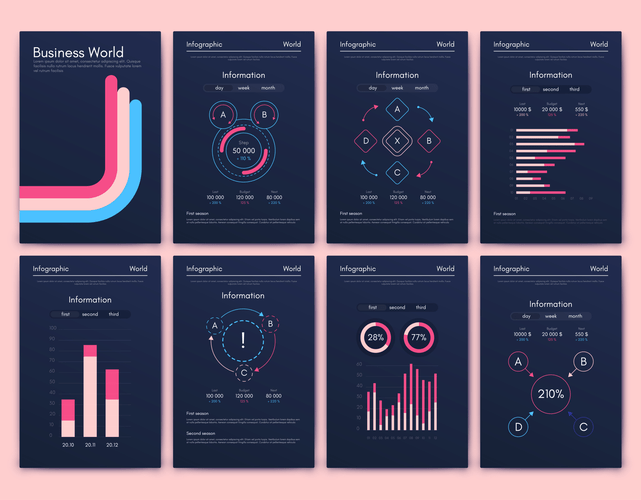That’s why you may often see the Requirements Traceability Matrix on software projects. On November 13, the price for my project management course will increase! Don’t miss the opportunity to get the course at the lowest price ever.
This work includes the specification of interfaces between the system and its intended environment, and a comprehensive evaluation of the systems logistical, maintenance and support requirements. The detail design and development is responsible for producing the product, process and material specifications and may result in substantial changes to the development specification. Systems analysis and design (SAD) can be considered a meta-development activity, which serves to set the stage and bound the problem.
Integration Phase
In this guide, we’ll break down everything you need to know about the system development life cycle, including all of its stages. We’ll also go over the roles of system analysts and the benefits your project might see by adopting SDLC. Finally, a case study like this one could even be used in an operations management, or project management, setting. The discovery of issues, such as those raised in this paper, could be fruitful research for both undergraduate and graduate students alike. A team project, along with a group presentation as the finale, would also give students much-needed experience in public speaking and would help prepare them for the boardrooms of tomorrow. The Home Care unit of General Hospital utilized the Parallel Installation method for approximately 60 days before the “go live” date.

Each phase, if it’s big enough, can run through all these process groups. But quite often you will notice that even the plan-driven life cycle system development life cycle example project will have iterations and increments. You need to set up servers, upload your application, connect it with all the other services and servers.
Essentials: System Development Life Cycle
The software development life cycle (SDLC) is a process by which software is developed and deployed. It’s a process that encompasses every phase of software creation, from conception to maintenance after the software is released. The abbreviation SDLC can sometimes refer to the systems development lifecycle, the process for planning and creating an IT system. The system typically consists of several hardware and software components that work together to perform complex functions. The iterative process suggests that teams begin software development with a small subset of requirements. Then, they iteratively enhance versions over time until the complete software is ready for production.
Project and program managers typically take part in SDLC, along with system and software engineers, development teams and end-users. The software development lifecycle (SDLC) is the cost-effective and time-efficient process that development teams use to design and build high-quality software. The goal of SDLC is to minimize project risks through forward planning so that software meets customer expectations during production and beyond. This methodology outlines a series of steps that divide the software development process into tasks you can assign, complete, and measure.
What is system development life cycle testing?
The planning phase typically includes tasks like cost-benefit analysis, scheduling, resource estimation, and allocation. The development team collects requirements from several stakeholders such as customers, internal and external experts, and managers to create a software requirement specification document. The software development lifecycle (SDLC) outlines several tasks required to build a software application. The development process goes through several stages as developers add new features and fix bugs in the software. Thanks to its advantages over traditional models, agile software development has become the preferred methodology for many technology companies. This model emphasizes transparency, collaboration, and flexibility to deliver quality products quickly and efficiently.
- Different models arrange the SDLC phases in varying chronological order to optimize the development cycle.
- The design stage takes as its input the requirements already defined.
- This model utilizes time, effort, and resources to gradually build the product as the customer provides the requirements.
- Once you have a plan, design concrete specifications for the developers to utilize, like screen layouts and other materials.
- Small projects are harder to dissect into phases because they overlap with the project management process.
- The system specification represents the technical requirements that will provide overall guidance for system design.
Note that it left out the major stages of analysis and maintenance. This project, and case study, was an application of pedagogy on a real-world systems analysis project. It was very satisfying for us, as business school professors, to see instructional topics successfully employed to solve a real-world problem.
Systems Development Life Cycle
Finally, the paper concludes with implications for the three areas of research, practice, and pedagogy, as well as suggestions for future research. As a leading provider of application security testing solutions, Veracode makes it easy for developers and security teams to integrate security throughout the SDLC. This makes it possible for developers to find and fix flaws at the most cost-efficient point in the development process and deliver more secure software, faster. Various SDLC methodologies have been developed to guide the processes involved, including the original SDLC method, the Waterfall model. Other SDLC models include rapid application development (RAD), joint application development (JAD), the fountain model, the spiral model, build and fix, and synchronize-and-stabilize. This stage includes the development of detailed designs that brings initial design work into a completed form of specifications.
Every development company will follow some standard models to implement a software. In each phase different people will be involved and perform different activities. A company that provides streaming services for videos took the help of software developers to make their service better.
Rapid Application Development (RAD)
In the planning phase, you’ll determine the steps to actually achieve the project goals—the “how” of completing a project. It includes everything which should be designed and developed during the
project life cycle. The V-model (which is short for verification and validation) is quite similar to the waterfall model. A testing phase is incorporated into each development stage to catch potential bugs and defects. Product program code is built per the design document specifications. In theory, all of the prior planning and outlined should make the actual development phase relatively straightforward.

Finally, some anecdotal evidence was gathered to help us evaluate each vendor as a potential finalist. Vendor C sponsored an annual User Conference where users could share experiences with using the product, as well as provide feedback to be incorporated into future releases. To that end, Vendor C also had a user representative on their Product Advisory Board. Vendor E offered a “cloud computing” choice, in that the product was hosted in their data center. (A potential buyer did not have to choose the web-enabled solution.) Vendor E’s offering was part of an enterprise solution, and could be synchronized with a PDA or smart phone.
Closure, Hand-off, and Support
Understand the Agile software development lifecycle and how it differs from the. There are a variety of Agile software development (or system development). As
an example, the full Agile software development lifecycle includes the concept. The new seven phases of SDLC include planning, analysis, design, development, testing, implementation, and maintenance. Once the product has been thoroughly tested, it’s deployed to the production environment and made available to users.